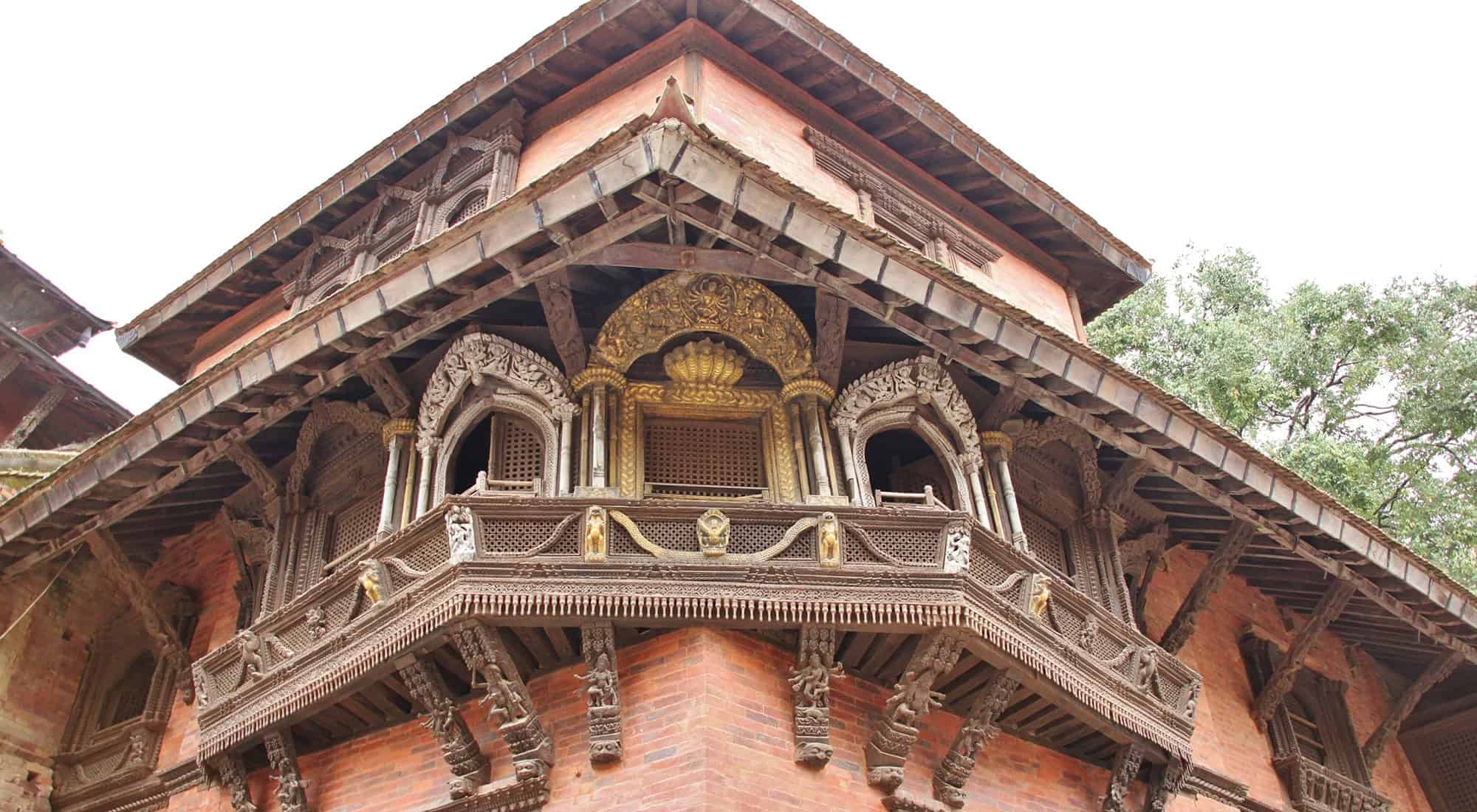Not many cities in the world have their own living goddess you can actually go and see. Pop along to the Kumari Bahal in Kathmandu’s Durbar Square and with a bit of luck you too will be able to glimpse her and receive a blessing.
Known as the Kumari, she is worshipped by Hindus as the living reincarnation of Shiva’s consort Parvati. There has been a Kumari in residence here for over 200 years.
The goddesses are selected from the Newar Shakya, the gold and silversmith class, according to strict criteria. They normally commence their duties aged about four or five and need to possess certain set physical features: blue or black eyes, curls in their hair turning to the right, eye lashes “like those of a cow,” a voice “of a sparrow,” thighs “like a deer” and a body “like a Banyan tree” are a few of the 32 signs of perfection they have to match.
The potential Kumari not only needs to be in excellent health but also to undergo a test of courage: she will be taken to the Taleju Temple at Kalrati where she has to remain calm when confronted in the dark by buffalo and goats’ heads. The final test is for her to identify clothes of her predecessor from a pile of garments. Once chosen the Kumari lives in the Kumari Bahal, only leaving to perform religious ceremonies elsewhere, but always carried in a palanquin, as to touch the ground would make her impure. For short distances she has to walk on cloth spread before her. On such occasions she has a third eye painted on her forehead.
Her time as Kumari ends when she starts menstruating or loses her perfection. It’s believed that the spirit of the goddess enters her when she becomes the Kumari and to bleed means to lose this power. Her reign might end early if she becomes ill and needs an operation, cuts herself or just loses a tooth.
Being a retired Kumari is not easy. Although they now receive a good education while in the Kumari Bahar and a good dowry upon departure, it’s still thought of as unlucky for a man to be married to an ex-goddess and some never marry.










